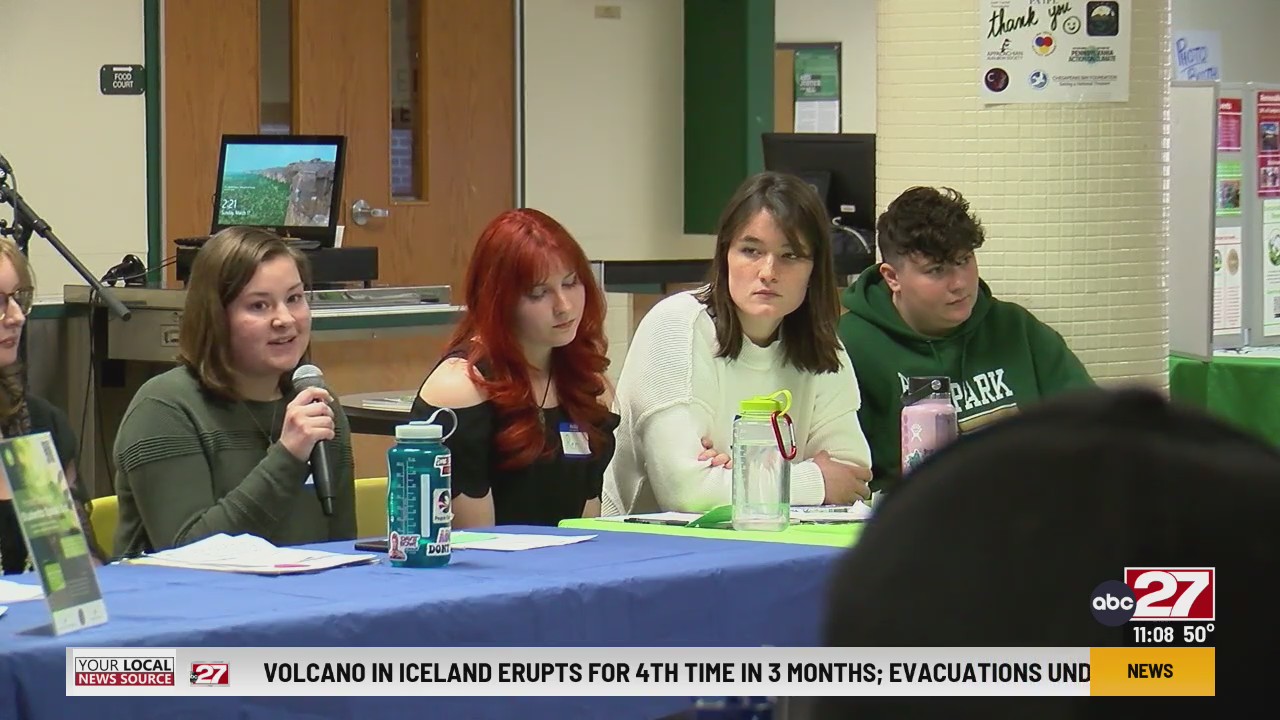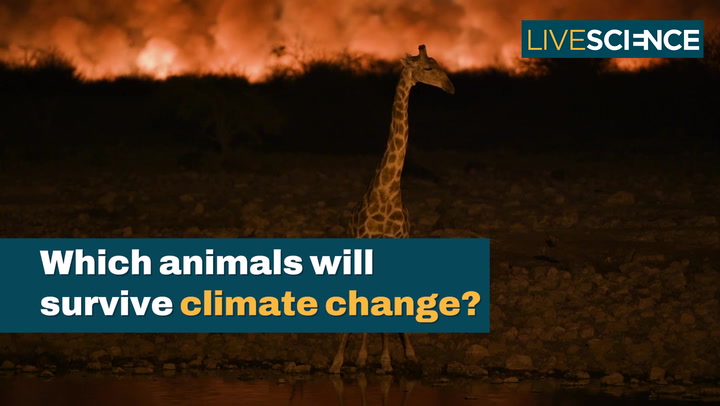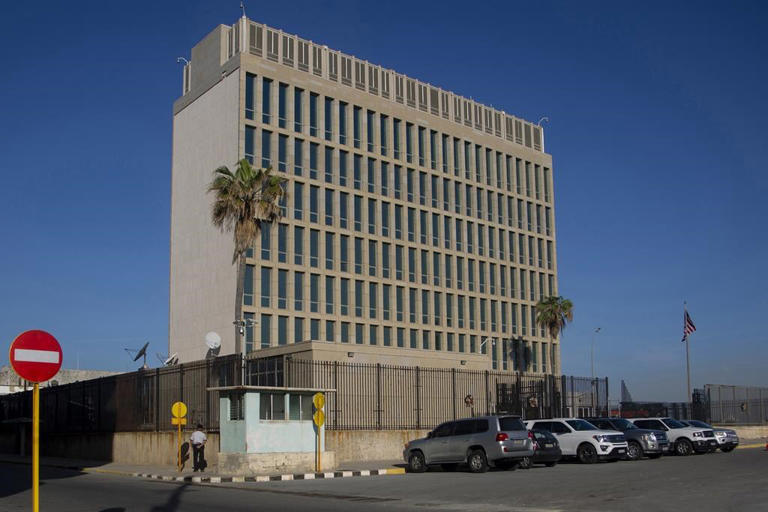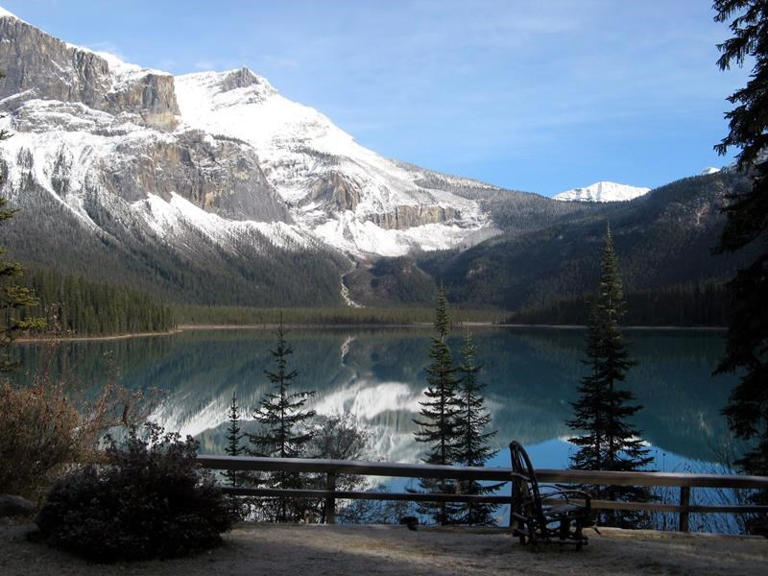As Canada grapples with a housing crisis, manufacturers and developers of pre-fabricated (prefab) housing are seeing a surge in demand, but say they don’t have the capacity to meet those demands.
Robert Pierson, the development director at a Vancouver-based prefab home development firm called Eco Homes, told Global News that demand has been soaring for factory-built homes.
“We get a thousand inquiries a month coming in to the website for our modular homes. And that's spread across Canada and a little bit down into northern U.S.A.,” Pierson said.
Pierson likened it to buying an entire car in parts and having a mechanic assemble it in your garage.
“There is a growing interest in prefab,” Jesse Page, with the Collingwood, Ont.-based custom home building firm Legendary Group, told Global News.
He said panelled construction is particularly generating a lot of interest.
“The substantial structural work is done in panels to be ready to finish a home just significantly faster, as much as 50 per cent faster.”
According to the Canada Mortgage and Housing Corporation, Canada will need nearly 3.5 million additional new homes by 2030. Many believe that prefab is a quick and efficient way to get there faster. But the path to prefab is full of challenges.
Page said among the factors that make prefab housing hard to do on scale is the need that many feel to have their home stand out. Individual modifications to pre-fabricated designs often add months to the construction process, as opposed to consumers picking from a pre-approved design and sticking to it.
Page said the manufacturing process gets complicated “when you have a client that's coming in saying, 'I like this model, but I want to make all these changes.'”
Making modifications and getting fresh permissions can cause construction time to go up significantly, he said.
Along with the lengthy customization process, indecision can also plays a role, particularly when it comes to breaking away from the traditional home build.
“When, literally, you can choose anything for a home (design), it can intimidate people to the point of not knowing what to choose. And the process turns into a very lengthy and stressful process," Pierson said.
Both Pierson and Page agreed that the federal government’s move to bring back a wartime housing strategy of pre-approved catalogues could help boost the efficiency of the prefab housing construction.
When thousands of veterans returned to Canada after the Second World War, Canada was facing a housing crisis. To cut through the red tape and accelerate the building and approval process, Ottawa released a catalogue of pre-approved home designs that builders could start constructing straight away. Hundreds of thousands of new homes were built in Canada over a short period of time.
These homes were sometimes called ‘Strawberry-box homes,’ named for the shape of strawberry boxes in grocery stores.
“They gave the basics of what is needed and safe for a home for people to buy,” Page said.
While perhaps considered cookie-cutter, the streamlining of options helped development move quickly.
“You have to remove the choice of people because that's what makes things go up.… You just build it and then make it affordable," Page said.
The federal government's first round of plans for the housing catalogue will focus on standardizing designs for low-rise construction, with the potential to "explore" further design catalogues for other construction, including prefab and modular designs.
Traditional housing designs can't directly be used for prefab construction, though one builder noted they could inspire a prefab version -- that would likely then need to go through further approvals.
Global News asked the housing minister's office for comment on the potential for prefab designs to be included in the catalogue but did not hear back by time of publication.
Video: What are ‘Strawberry-Box’ homes?
Having pre-set catalogues allows manufacturers to source materials in bulk and quickly ramp up production. But that’s hard to do without an infusion of capital. Scaling up prefab housing is expensive.
Paul Kealey, CEO of Carp, Ont.-based sustainable homes developer EkoBuilt, said they are transitioning to be “a predominant prefab company,” but they’re finding it expensive to scale up.
“It's still more affordable for us to offer an on-site build to a customer, it’s more affordable instead of a prefabricated offsite build,” Kealy said.
“Prefab at scale is the answer (to the housing crisis). And focusing on affordability is going to be the solution.”
Page said the government could follow the wartime housing model, when housing projects were pre-funded and pre-approved by the government.
“If it’s a pre-funded project with predetermined land that's approved … you could have a (new) home, once the train starts every two days on a site,” he said.
Federal money has started to trickle in. Last month, Prime Minister Justin Trudeau was in Thunder Bay, Ont., where he announced $20.7 million for a modular housing project in the city. Trudeau said the money, taken out of the $4-billion Housing Accelerator Fund, would help the construction of 600 new units over three years.
Kealey said Canada also struggles with expensive raw materials for climate-friendly prefab home designs, with many parts being exported from Europe.
“Right now, about 50 per cent of the proper materials that are required come from Europe. So North America needs to transition by having the right material supply chain in place.”
Prefab housing comes in many forms.
There are different ways to select the kind of house you want, but Page said among the most common is simply going to a showroom and seeing finished homes. Once a customer picks a home design, they are likely to get a quote on a price.
After you put down a deposit, Pierson said it could take around six months for the entire house to be constructed in a controlled facility. This, he says, is a lot faster than the traditional on-site construction, which he says “is probably a two- to three-year process.”
“In prefab, materials tend to be precut. They know in this particular home they will need 300 pieces of this size. Then, literally, they can go through them in batches, cut them in batches. It's just a much more precise and quicker way of doing things,” Pierson said.
Page said this also reduces waste.
“On an average 2,500-square-foot home, there's over 6,000 pounds of wood waste on site. On a facility, that's reduced to like under 1,500 pounds.”
He added that one of the biggest advantages of prefab housing is the reduced labour requirements. In a country like Canada, where the construction sector is riddled with labour shortages, he said this is invaluable.
“We’re building 25 of those homes a year with just six people,” he said.
Housing policy expert Carolyn Whitzman said this could also translate to better working conditions.
“It's a better job. It is less likely to lead to huge employee health and safety disasters,” she said.
Whitzman said modular housing has been a resounding success in several countries, particularly Sweden. Between 1965 and 1974, Sweden set out to build a million homes in a short span of time. Most of these, Whitzman said, were modular.
“That was all modular. In fact, 42 per cent of homes in Sweden are still modular.”
She said the Million Homes Program also led to the growth of one of Sweden’s best-known brands – IKEA.
“Once you had a standard size of living room and a standard size of kitchen and standard-size bedroom, you could produce furniture super quickly that could fit.”
As for criticism of modular housing that all the houses are too similar looking?
“You can do landscaping, you can do murals, you can do changes to the façades. I mean, there's a whole bunch of things you can do,” Whitzman said.
Pierson said the government’s catalogue of pre-approved designs will help.
“If the catalogue has more than five models, then you're not going to end up living in the same home as everybody else.”











